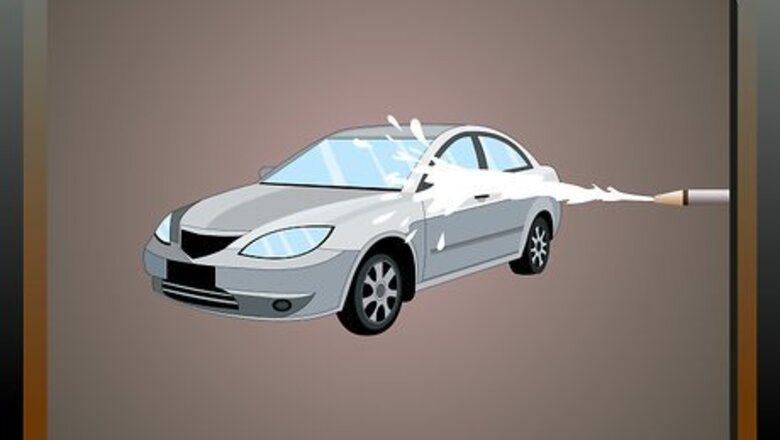
views
Prepping to Paint
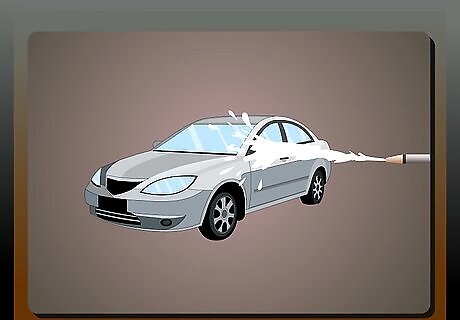
Rinse off the auto. Look for imperfections to repair, such as dings, dents, holes and especially rust or corrosion that can eat through the new paint job.

Sand the body down for a smooth even finish, especially if you’ve done any body repair or applied filler.
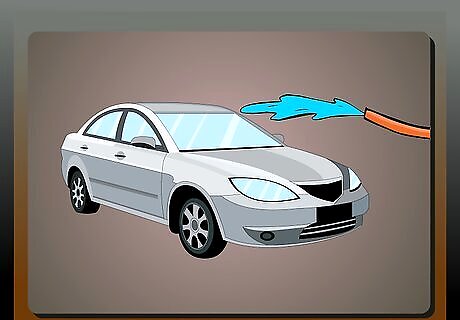
Wash and rinse thoroughly to remove all dust, dirt and grease.
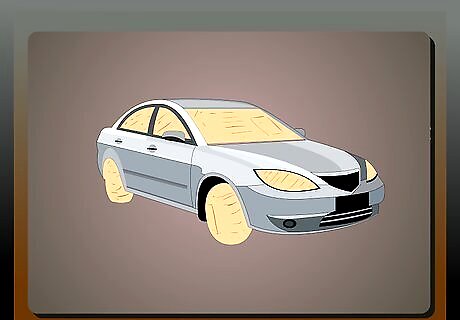
Mask off the auto areas you don’t want paint on (windshield, lights, wheel wells, grill). Use masking tape and paper to cover any areas of the car you do not want any paint on. If possible, include door jambs and trunk and hood lids, to avoid overspray getting into the interior, engine bay, or trunk.
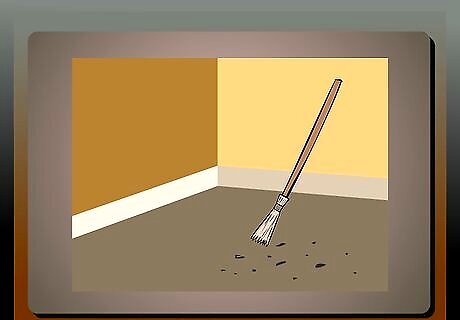
Wet-sweep the area you intend to paint in.

Apply masking paper to the walls and ceiling, and lay plastic on the floor for easier cleanup from the overspray once the painting is finished.
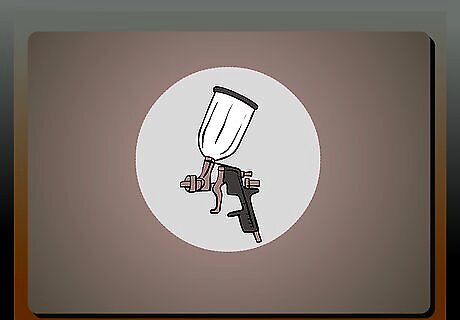
Make sure the paint gun itself and the hoses feeding the gun are clean. If possible, arm yourself with separate guns for the different stages, to save time cleaning between stages and to avoid cross-contamination of colors and types of paint.

Set up bright, even lighting overhead, angled to also shine on the sides, to avoid shadowing. If possible, use full-spectrum lighting to ensure the light will show accurate color.
Priming the Surface
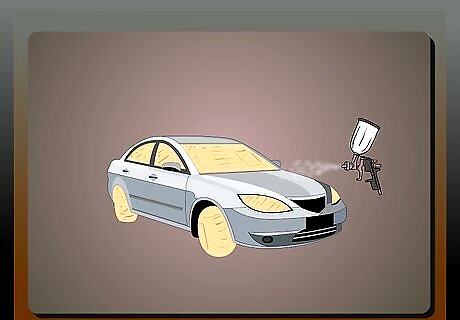
Lay down a coat of white, gray or black primer, depending on the final color. Overlap each pass by about 50% to ensure even coverage.
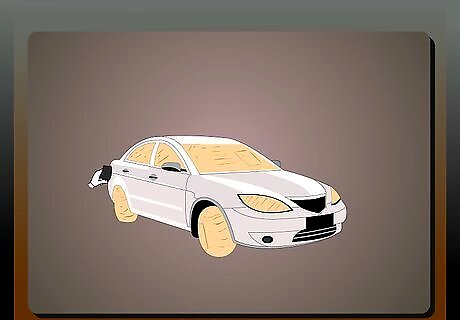
Sand the primed surface with 600-grit paper once it’s dry. Watch for any body repairs or blemishes that may surface.
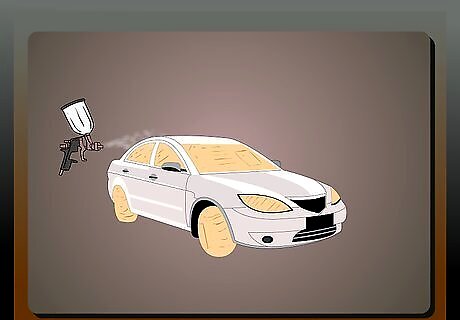
Repeat with another one or two coats until you’ve established an even base over the whole body.
Applying the Base Color
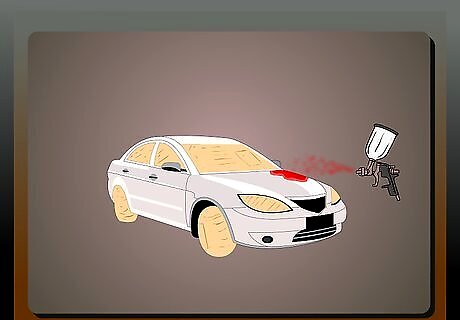
Spray on your base color coat, overlapping each pass by 50%.
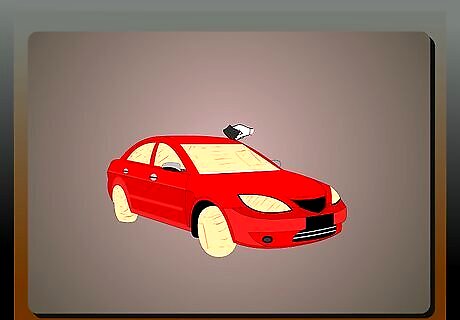
Allow to dry, then sand with 1000-grit sandpaper and wash off.
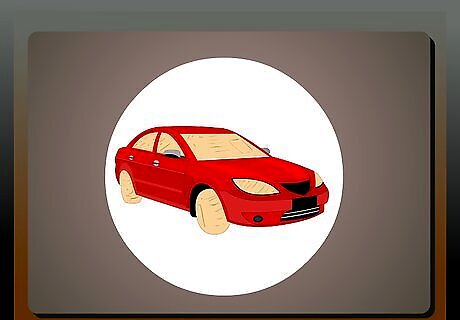
Review the color to decide if it’s the hue you want.

Spray at least one more coat to ensure you’ve evenly covered the primer.
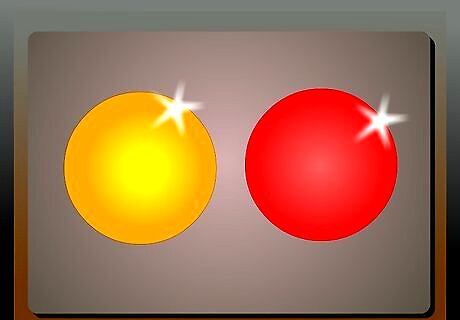
Decide whether to use ghost pearls or candy pearls.
Using Pearl Paint
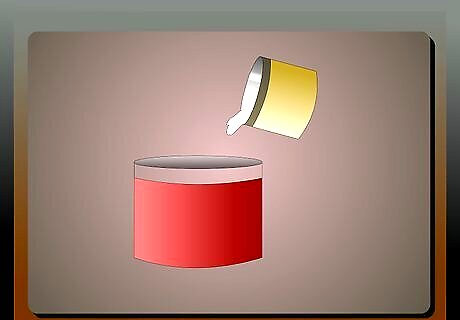
Mix the pearl powder into candy paint and add it as a separate layer. Because candy colors are translucent, like looking through hard candy, you will need to apply at least four coats. The color darkens as you layer it.. Pearl powder in candy paints intensifies or complement the color, depending on what color pearl you use. The color coat underneath will show through, with this candy color tinting it, and the pearl giving off an extra deep glow. Overlap each pass by 75%. Some professionals also elect to spray a clear coat between the base color and the candy color as added sealant.

Sand with 1000-grit sandpaper after each layer dries.

Rinse and lay additional coats one at a time until you achieve the desired hue and saturation.
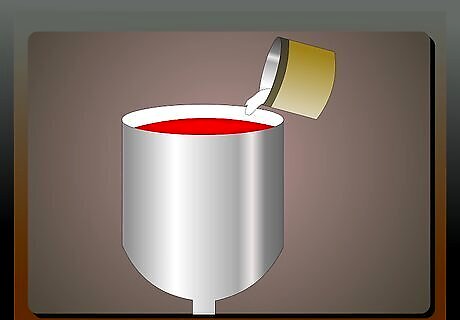
Mix the pearl powder into the base color coat.
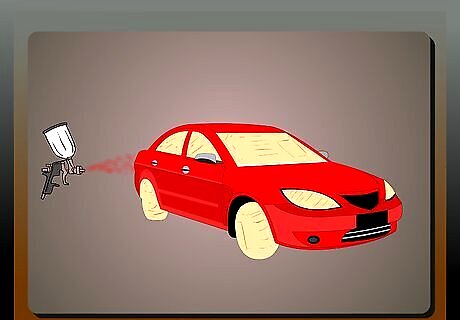
Spray the color on as the final color.
Applying a Finishing Coat
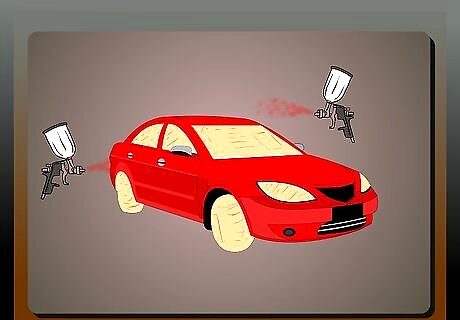
Cover and protect the color with one or two coats of clear coat.

Sand one last time.




















Comments
0 comment